The vast expanse of space holds mysteries and dangers that can spell doom for humanity. These films delve into the heart-pounding scenarios where astronomical events like comets, solar flares, and alien invasions threaten our very existence. This collection of cinematic masterpieces not only entertains but also serves as a reminder of our vulnerability in the face of cosmic forces. Whether you're a fan of science fiction or just love a good disaster flick, these movies will take you on an unforgettable journey through the stars.
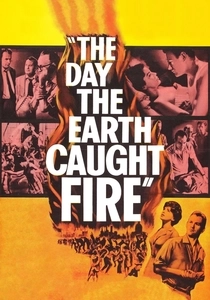
The Day the Earth Caught Fire (1961)
Description: Nuclear testing disrupts the Earth's rotation, causing catastrophic weather changes. This British classic explores the aftermath of human interference with natural astronomical phenomena.
Fact: The film was shot in black and white, with some scenes tinted red to signify the heat of the disaster. It was one of the first films to address the potential dangers of nuclear testing.
 Watch Now
Watch Now 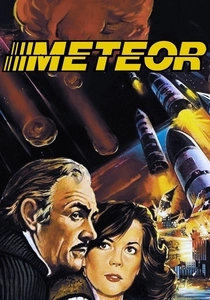
Meteor (1979)
Description: A comet fragments, sending a swarm of meteorites towards Earth. This film was one of the first to explore the concept of a global disaster caused by an astronomical event.
Fact: The film was produced by the same team behind "Jaws." It featured a cameo by Henry Fonda, who played the President of the United States.
 Watch Now
Watch Now 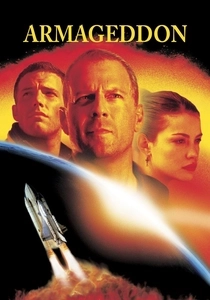
Armageddon (1998)
Description: A massive asteroid is on a collision course with Earth, prompting NASA to send a team of oil drillers to space to destroy it. This film captures the essence of humanity's fight against an astronomical threat with high stakes and intense action.
Fact: The film's production cost was over $140 million, making it one of the most expensive films of its time. Bruce Willis reportedly turned down $20 million to star in the sequel.
 Watch Now
Watch Now 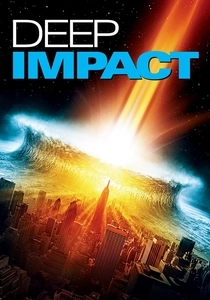
Deep Impact (1998)
Description: A comet is discovered on a direct path to Earth, leading to a global effort to save humanity. This film offers a more somber and realistic take on the disaster genre, focusing on the human stories amidst the impending doom.
Fact: The film was released in the same year as "Armageddon," leading to comparisons between the two. The comet in the movie was named after the director, Mimi Leder.
 Watch Now
Watch Now 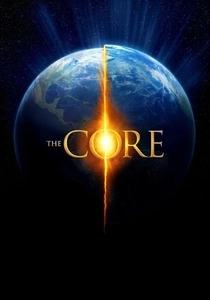
The Core (2003)
Description: The Earth's core stops spinning, leading to a series of disasters. While not strictly astronomical, the film's premise involves the Earth's magnetic field, which is influenced by solar activity.
Fact: The film's premise was inspired by a real scientific theory about the Earth's core. The special effects team created a miniature Earth to simulate the core's behavior.
 Watch Now
Watch Now 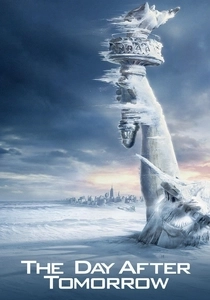
The Day After Tomorrow (2004)
Description: Global warming triggers a new ice age, causing catastrophic weather events. While not directly an astronomical event, the film's premise involves the Earth's climate reacting to solar radiation changes.
Fact: The film's special effects were groundbreaking at the time, with scenes like the tidal wave in New York City becoming iconic. It was also one of the first films to address climate change on such a grand scale.
 Watch Now
Watch Now 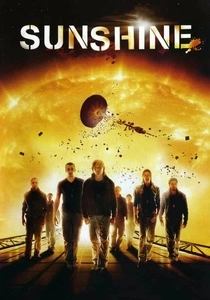
Sunshine (2007)
Description: A team of astronauts is sent to reignite the dying sun with a massive bomb. This film combines elements of space exploration with the dire consequences of solar failure.
Fact: The film's director, Danny Boyle, used real-life solar flare footage to create the sun's visual effects. The film's score was composed by John Murphy, known for his work on "28 Days Later."
 Watch Now
Watch Now 
2012 (2009)
Description: The world faces a cataclysmic event due to the alignment of the planets, causing the Earth's crust to shift. This film is known for its over-the-top disaster sequences and the portrayal of global chaos.
Fact: The film's budget was around $200 million, making it one of the most expensive films ever made. The production team built a full-scale replica of the White House for the destruction scenes.
 Watch Now
Watch Now 
Melancholia (2011)
Description: A planet named Melancholia is on a collision course with Earth, leading to the psychological unraveling of its characters. This film intertwines personal drama with cosmic disaster, offering a unique perspective on the end of the world.
Fact: The film was shot in Sweden, with the mansion scenes taking place at the Tjolöholm Castle. The opening sequence, showing the destruction of Earth, was created using a combination of CGI and real-life models.
 Watch Now
Watch Now 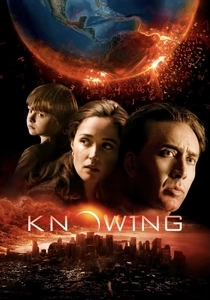
Knowing (2009)
Description: A time capsule from 1959 contains a list of disasters, including a solar flare that will end the world. This film blends science fiction with disaster elements, exploring the inevitability of fate.
Fact: The film's ending was changed from a more hopeful one to a more ambiguous and darker conclusion. The solar flare effects were created using real-life solar flare footage.
 Watch Now
Watch Now 








